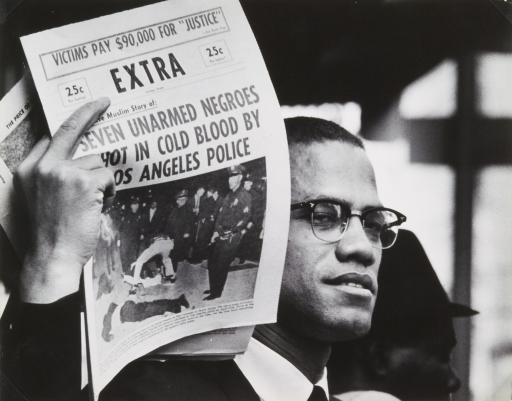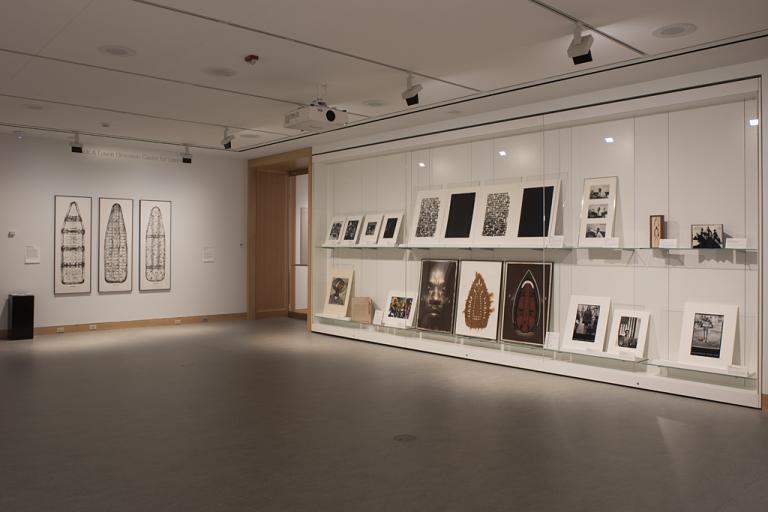Malcolm X Holding up Black Muslim Newspaper, Harlem, New York, Gordon Parks
Artwork Overview
Gordon Parks, artist
1912–2006
Malcolm X Holding up Black Muslim Newspaper, Harlem, New York,
1963
Where object was made: Harlem, New York, New York, United States
Material/technique: gelatin silver print
Dimensions:
Image Dimensions Height/Width (Height x Width): 38.7 x 48.9 cm
Image Dimensions Height/Width (Height x Width): 15 1/4 x 19 1/4 in
Mat Dimensions (Height x Width): 20 x 25 in
Image Dimensions Height/Width (Height x Width): 38.7 x 48.9 cm
Image Dimensions Height/Width (Height x Width): 15 1/4 x 19 1/4 in
Mat Dimensions (Height x Width): 20 x 25 in
Credit line: Museum purchase: Friends of the Art Museum
Accession number: 1993.0044
Not on display
If you wish to reproduce this image, please submit an image request











